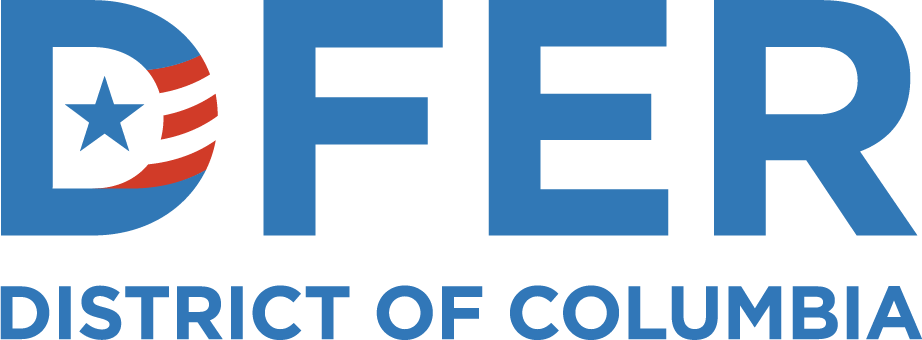
Join the Fight For Students
Our Mission
We believe that all students, regardless of the public school they attend or the neighborhood they live in, deserve a world-class education supported by excellent educators.
About Us
Democrats for Education Reform DC (DFER DC) is the District’s leading political organization building a pipeline of Education Reform Champions who are committed to ensuring our public education system justly and equitably serves all students. With a network of over 10,000 District residents and supporters, we’ve propelled 24 candidates to run for local offices and trained over 100 candidates and campaign staff.
Most importantly, DFER DC, along with a non-profit policy partner organization, Education Reform Now DC, ensures electoral victories lead to substantial legislative wins for students.
A few of our student-first victories include:
Allocated hundreds of millions of dollars towards the Uniform Per-Student Funding Formula and enhanced funding for students “at-risk.”
A $38 million investment in high-impact tutoring.
Improved reading outcomes by providing educators with structured literacy training.
Creation of an equity preference in the My School DC Lottery, giving students “at-risk” a better shot of getting into the public school of their choice.
The treatment of all educators as first responders, so they have support to buy their own houses in DC.
2024 Policy Priorities
-
• Maintain the 12.4% increase in the foundation level of the uniform per student funding formula (UPSFF). Ensure all funding, including educator pay, is provided equitably to all local education agencies (LEAs) through the UPSFF, while prioritizing students “at-risk”.
• Make critical investments in the school-based behavioral health program. Sustain compensation for the school community-based clinicians, with inflationary adjustments ($25M); provide compensation and guidance for the SBBH Coordinator role ($381K); & pilot the addition of non-clinical staff positions to SBBH teams ($2.4M).
-
• Protect students’ right to read. 66% of DC students are not on grade level in reading. Require all K-5 educators to receive free & accessible structured literacy training with incentives to strengthen how educators teach reading ($8.8M).
• Solve DC’s math problem. 78% of DC students are not on grade level in math. Implement a statewide strategy for improving and supporting mathematics instruction for PreK-8 students by establishing a Mathematics Innovation and Research Task Force ($300K) to study best practices and a Fund ($5M) to provide grants to eligible community-based organizations and LEAs that promote positive math culture while using innovative, evidenced-based math practices. -
• Improve student attendance. 43% of students were chronically absent in the 2022-2023 school year and 37% were truant – one of the highest rates in the country. Invest in a multi-faceted strategy of early intervention and support, expansion of safe passage, and better coordination between schools and government agencies.
-
• Immediately scale up dual enrollment programming. Only 18 out of 100 9th-grade students will complete postsecondary education within 6 years of finishing high school. Enhance the marketing of the program, collect data on student outcomes, and expand in person, cohort-based dual enrollment at LEAs.
• Ensure DC has outcomes-based career programming. The average income of a transplant is nearly 2X that of a young adult in DC ($59K v $31K). Maintain an investment in the Education to Employment data system and require a return on investment analysis.
• Incentivize employers to hire DC students in high-demand, high-wage careers.
• Ban legacy admissions in college admissions. -
• Provide high-quality, safe, and educationally appropriate buildings. Maintain the public charter facilities allotment funding at 3.1%.
• Ensure funding equity. Ensure all funding goes through the Uniform Per Student Funding formula so students, regardless of the school they attend, receive the funding they need to thrive.






